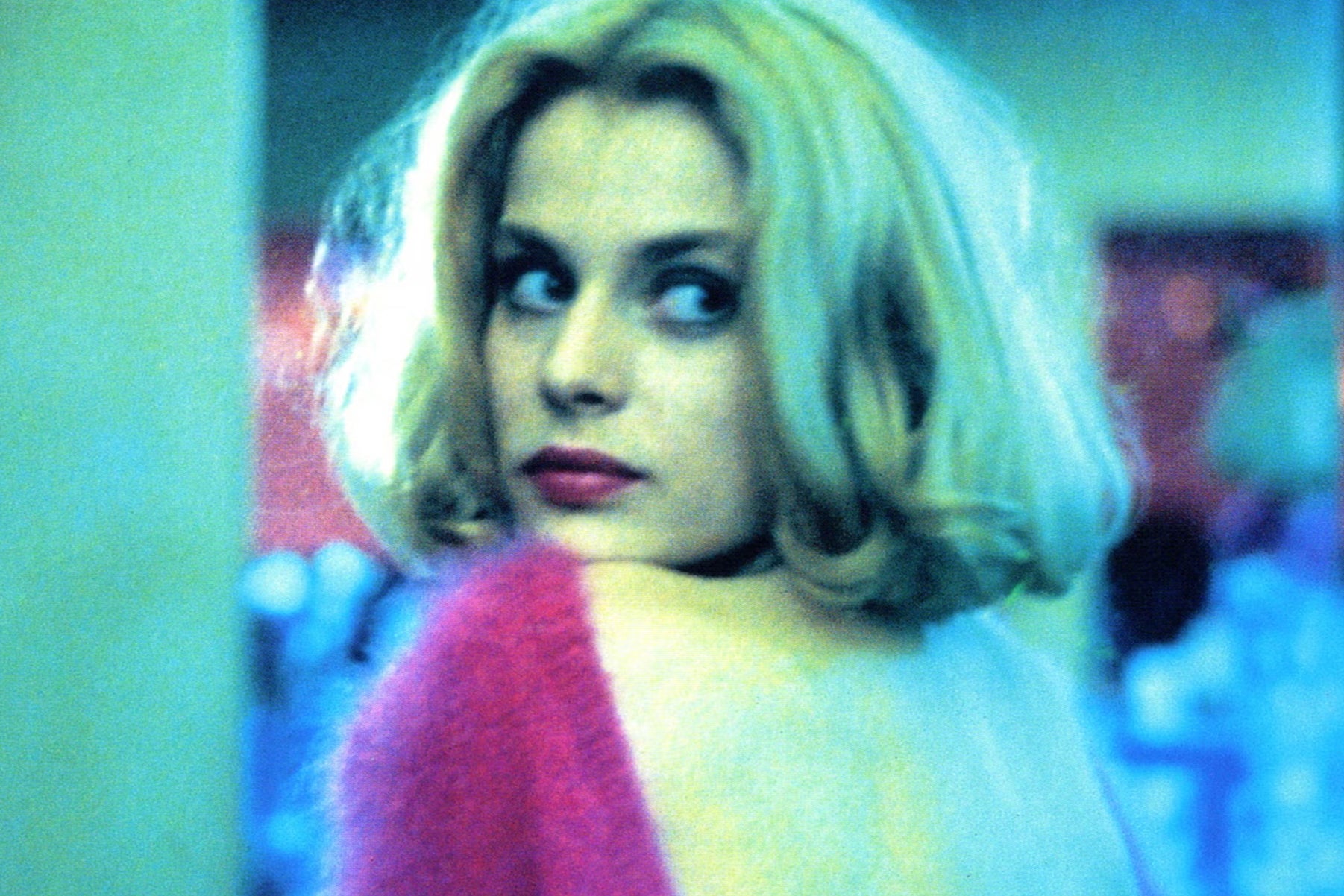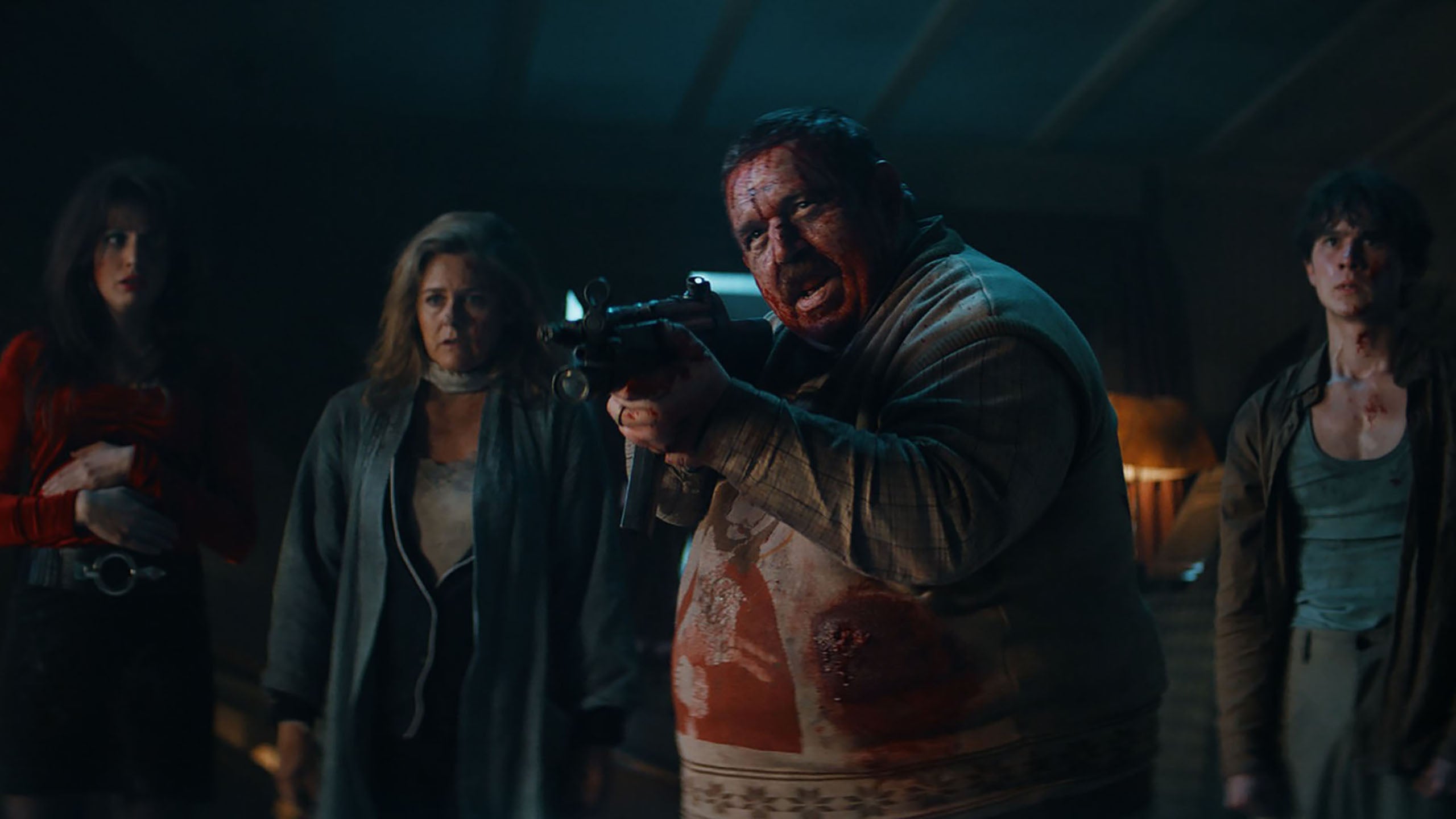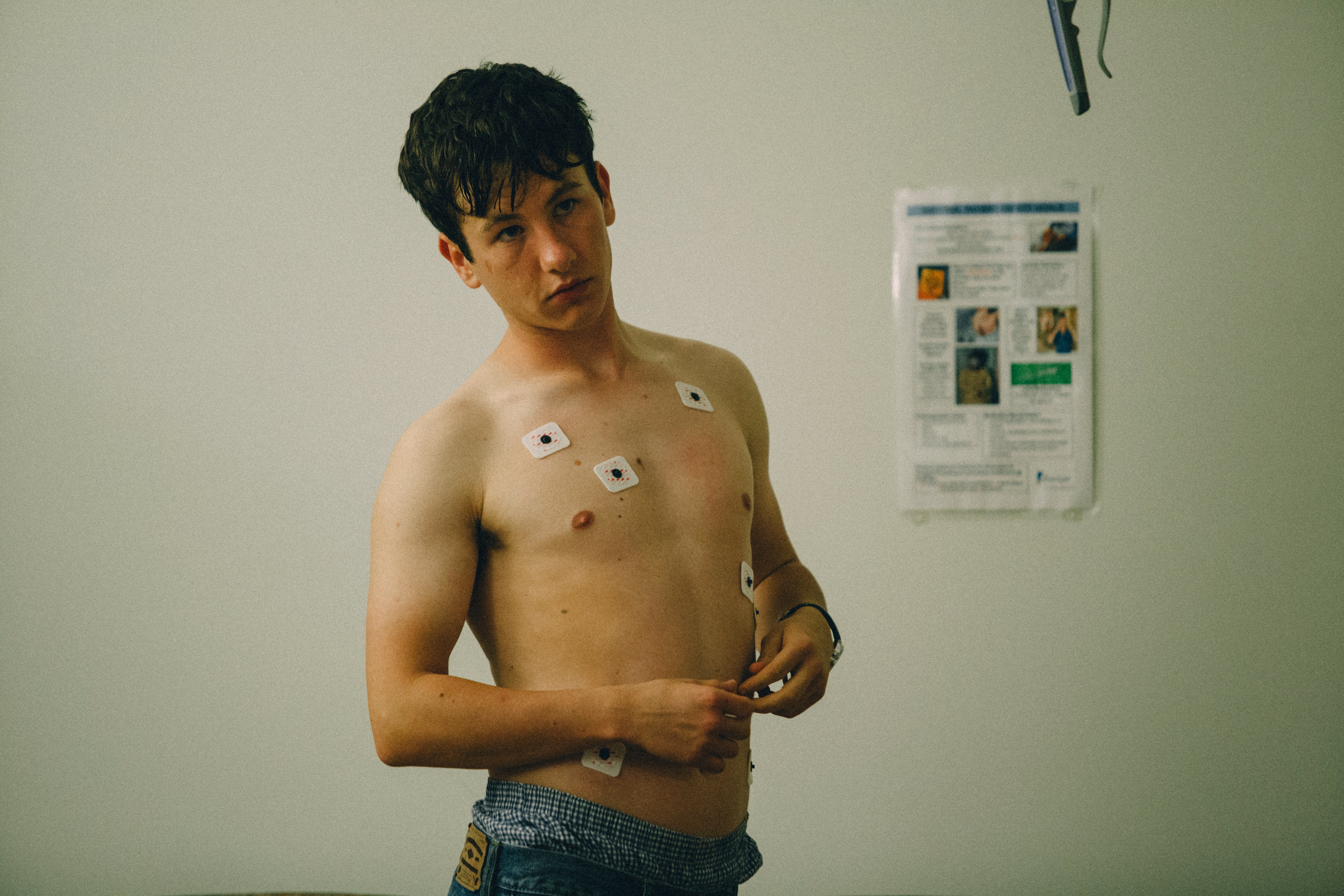Yanks but no Yanks! Why it often takes a European to make a great film about America
‘Hot Fuzz’ star Nick Frost plays a god-fearing American patriarch in a chaotic new horror comedy from two Dutch filmmakers. From Alan Parker and Wim Wenders to Lars von Trier, Geoffrey Macnab says it’s often the eyes of the outsider that get to the heart of the US psyche best

The Yanks have colonised our subconscious,” a character famously observes, partway through the 1976 drama Kings of the Road. The film’s German director, Wim Wenders, has spent much of his career scrutinising the American psyche – most famously in his 1984 masterpiece Paris, Texas.
Of course, he’s far from the only European to take a cinematic pickaxe to the American self-image. Some, such as Billy Wilder or Paul Verhoeven, have worked successfully in Hollywood – making quintessentially American films with a deeply subversive edge. Others, such as Lars von Trier, have launched their critique of the global superpower from afar.
The latest filmmakers to attempt this feat are Dutch duo Steffen Haars and Flip van der Kuil, whose punchy US-set comedy-horror Krazy House premieres at the Sundance Film Festival this weekend. In it, Hot Fuzz star Nick Frost plays a god-fearing American family man. The film starts as a spoof of gooey 1980s and 1990s sitcoms such as Who’s the Boss?, Full House and Family Ties. However, underneath the facade, there are complications: his wife (Alicia Silverstone) is neurotic, his kids are promiscuous drug users, and all are utterly exasperated by him.
This is only really the set-up: the story really kicks into gear when three psychopathic Russian criminals invade his home. From there, Krazy House turns into a lurid, violent but tongue-in-cheek affair – a cross between The Exorcist and Straw Dogs. “It was simple in a way. We just had this idea of what would happen if you had this corny sitcom world and something went terribly wrong,” Haars explains. The film, shot in studios in Amsterdam, is plenty of fun in a garish way. Frost is a natural in the breezy early American sitcom scenes, and holds his own as the blood begins to spatter – even if his American twang does waver at times.
Krazy House is part of a long lineage of European directors portraying US family life in a grotesque and nightmarish fashion. In movies including Double Indemnity and The Apartment, Austrian-born Billy Wilder depicted murder and infidelity as everyday occurrences in American marriages. Fellow emigré Fritz Lang showed all-American characters such as Spencer Tracy in Fury or Glenn Ford in The Big Heat facing mob justice or seeing their loved ones killed in front of their eyes. Meanwhile, in his Hollywood melodramas All That Heaven Allows and Written on the Wind, German director Douglas Sirk made American family life seem as dark and destructive as the most overwrought Greek tragedies.
Filmmakers of Wenders’ generation, coming of age in Europe after the Second World War, marvelled at the sheer affluence displayed in US movies and TV dramas – but sometimes bitterly resented it too. For example, the late Alan Parker (director of Midnight Express and Evita), who grew up in working-class north London, used to speak of his utter astonishment at seeing a scene in a Hollywood movie of a boy taking a bottle of milk out of a fridge and pouring himself a glass. “It was amazing,” he recalled. “If I had helped myself to milk in my house, I would have been clipped around the ear because the milk was too precious. You weren’t allowed it.”
Others were equally startled that rebels and delinquents like those played in 1950s movies by James Dean and Marlon Brando – characters who were supposedly outsiders raging against mainstream society – could nonetheless still afford cars, motorbikes, or expensive denims and leather. A mix of awe and envy clouded European filmmakers’ attitudes toward US culture, and these ambivalent feelings often fed into their work. They tended either to idealise American society or caricature it.

Parker’s first big hit Bugsy Malone (1976) did both. Shot in the home counties, it recreated prohibition-era Chicago with a cast of children (including a youthful Jodie Foster) as the gangsters and their molls. The plot was inspired by the director’s memories of the old Hollywood reruns he had watched as a young boy. Like the Dutch directors of Krazy House, Parker was evoking a world he knew only from film and TV.
“Bugsy was an exercise to do something American,” the director later told The Guardian. “It’s a ludicrous idea that really ought not to work.”
The Danish provocateur Von Trier directed several equally strange and stylised movies set in the US – despite never actually setting foot there himself. (His morbid fear of flying made that impossible.) “But I have seen a lot of films about America… you shouldn’t underestimate that,” he said to The Face. Von Trier’s musical Dancer in the Dark, starring Icelandic pop star Bjork as a myopic factory worker who ends up on death row, was set in Washington State in the early 1960s – but largely shot in the industrial Swedish town of Trollhattan. Dogville, set in the Rocky Mountains, was filmed on European studio stages. His follow-up, Manderlay, unfolded on a plantation in the Deep South and dealt with the legacy of slavery – but again was filmed in grey, industrial parts of Scandinavia.
Many were offended by the sheer griminess of the New World as envisaged by the curmudgeonly Von Trier. Particularly, and perhaps unsurprisingly, reviewers on the other side of the Atlantic. “Make no mistake: this deeply misanthropic, anti-American film insists the United States is ruled by crooks and gangsters and cursed by the legacy of slavery whose poison has seeped to its very core,” TheNew York Times reviewer complained in a write-up of Manderlay. Von Trier later returned to the US for the 2018 serial killer tale The House That Jack Built. His America still looked nothing like the real thing. “I thought it might be interesting for the Americans, and for others, to find out how someone who’s never been there sees America… it’s interesting to have one’s country illuminated,” Von Trier said.

More recently, Greek director Yorgos Lanthimos has gleefully vivisected the American family unit in 2017’s The Killing of a Sacred Deer, and Britain’s Andrea Arnold offered a corruscating look at the US’s socio-cultural failings in the 2016 road movie American Honey. One niche subgenre focuses on Europeans coming to America and being utterly bewildered by what they encounter – moody arthouse pictures such as Jim Jarmusch’s Stranger Than Paradise or Dani Levy’s I Was on Mars, or the countless gangster films in which immigrants arrive at Ellis Island one moment and are seen brandishing Tommy guns the next.
It may be that foreigners are far better able to scrutinise the country’s failings and pick up on its cultural idiosyncrasies because they have a detached view. While there have been many great movies by American filmmakers skewering their own country, the clarity and different perspective of European directors is its own potent thing. Hollywood has always recognised this fact, absorbing or press-ganging emigré talent since the early days of its existence – both in front of the camera (Greta Garbo; Marlene Dietrich) and behind it (Charlie Chaplin; Alfred Hitchcock; Ernst Lubitsch).

By the final reel of Krazy House, the titular residence has become a warzone; almost everything is destroyed. Maybe there’s a metaphor in that – European filmmakers behaving like the enemy at the gates, waiting for the chance to lay waste to American civilisation (at least, the phony image of the country as portrayed in TV sitcoms).
But these filmmakers have grown up with American culture. They’ve seen far more American movies than those made in their own countries. The US may well have “colonised” their subconscious – but they still feel the urge to fight back.
‘Krazy House’ is showing at the Sundance Film Festival, with a UK release yet to be announced
Subscribe to Independent Premium to bookmark this article
Want to bookmark your favourite articles and stories to read or reference later? Start your Independent Premium subscription today.
Join our commenting forum
Join thought-provoking conversations, follow other Independent readers and see their replies
Comments